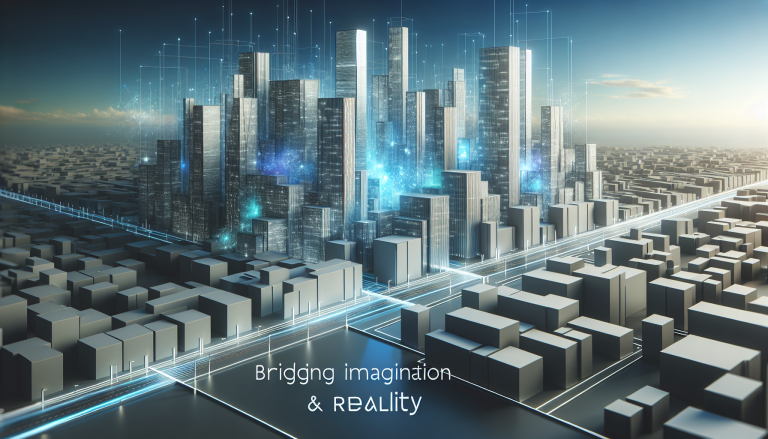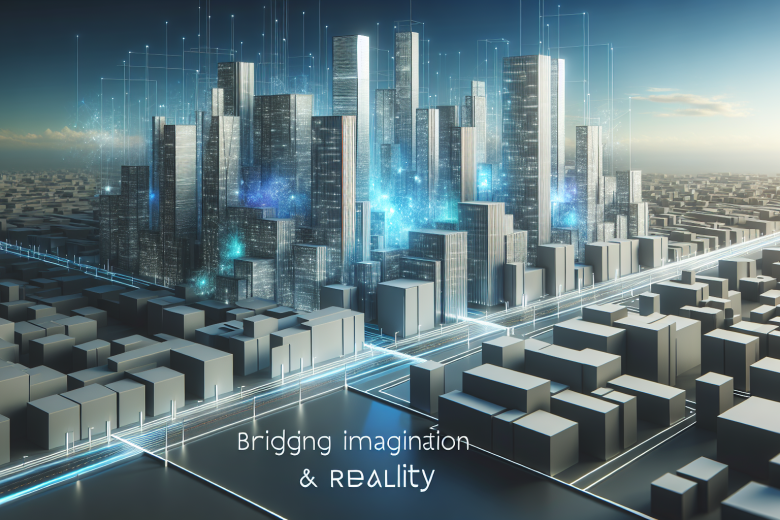The Powerful Intersection of Architecture and Computer Graphics
Architecture and computer graphics (CG) have forged a symbiotic relationship that continually transforms how we envision, design, and communicate built environments. In today’s dynamic design landscape, architectural visualization powered by CG technology transcends traditional blueprints and static models. It breathes life into structures, offering immersive experiences that bridge imagination and reality.
Architectural visualization is no longer a mere technical necessity; it is a creative medium that elevates storytelling in architecture. With CG, architects, clients, and stakeholders explore spatial narratives through photorealistic renderings, animations, and interactive multimedia presentations. This convergence fosters clarity, innovation, and emotional resonance—elements essential for pushing architectural boundaries.

Why Computer Graphics Revolutionize Architecture
The complexity and ambition of modern architecture demand tools that are as flexible and visionary as the architects themselves. Classical drawings provide foundational information, but they cannot alone convey the nuances of light, texture, or atmosphere. Here’s why CG is indispensable:
– **Visualization Beyond Imagination:** CG enables the transformation of conceptual sketches into tangible visual experiences. Materials respond authentically to lighting; spaces reveal their scale and flow dynamically.
– **Client Engagement and Stakeholder Communication:** High-fidelity renderings and virtual walkthroughs make designs accessible, reducing misunderstandings and fostering informed decision-making.
– **Iterative Flexibility:** Digital models allow architects to rapidly experiment with forms, materials, and contexts without the physical constraints of traditional methods.
– **Sustainability and Performance Analysis:** CG-integrated simulations assist in evaluating environmental impact, energy efficiency, and structural behavior.
Mastering Architectural Visualization: Practical Advice for CG Artists
Delivering compelling architectural visuals requires a synthesis of technical skill and artistic sensibility. The process involves mastering software, understanding architectural principles, and cultivating storytelling abilities.
**1. Develop a Strong Foundation in Architecture**
– Study fundamental architectural concepts including spatial organization, structural systems, and materials.
– Engage with architectural history and contemporary design trends to imbue visuals with contextual awareness.
**2. Choose the Right Tools for Your Workflow**
– **Modeling Software:** AutoCAD, Revit, Rhino, or SketchUp for precise structural modeling.
– **Rendering Engines:** V-Ray, Corona Renderer, or Unreal Engine to achieve photorealistic results.
– **Post-Production Tools:** Adobe Photoshop and After Effects for enhancing imagery and creating animations.
**3. Prioritize Lighting and Material Realism**
– Emulate natural and artificial lighting conditions to enhance mood and authenticity.
– Apply physically accurate material properties such as reflectivity, translucency, and roughness.
**4. Enhance Presentation Through Animation and Interactive Multimedia**
– Use animated flythroughs or walkthroughs to reveal spatial qualities dynamically.
– Integrate multimedia storytelling by embedding context—historical data, architectural narratives, or environmental factors—into your presentations.
**5. Maintain Clear Communication with Clients**
– Regularly share progress updates and solicit feedback to ensure alignment with vision and expectations.
– Educate clients on interpreting CG deliverables to foster confident decision-making.
Architectural Visualization Framework: Balancing Art and Technology
| Aspect | Description | Tools & Techniques |
|—————————|—————————————————–|———————————–|
| **Model Accuracy** | Precision in structural and spatial representation | Revit, AutoCAD, Rhino |
| **Material Definition** | Realistic textures, finishes, and surface properties| Substance Painter, VRay shaders |
| **Lighting Setup** | Simulation of natural and artificial illumination | HDRI lighting, Photometric lights |
| **Rendering Quality** | Photorealistic output balancing speed and fidelity | V-Ray, Corona, Unreal Engine |
| **Post-Processing Flair** | Color grading, depth of field, compositing | Photoshop, After Effects |
| **Narrative Integration** | Embedding story elements and context | Multimedia tools, motion graphics |
This framework helps visualize a workflow that harmonizes the technical with the artistic. Mastery over each element contributes to powerful storytelling.
Trends Shaping the Future of Architecture in CG
The architectural CG landscape evolves rapidly, influenced by technological advances and shifting creative priorities.
– **Real-Time Rendering and VR Integration:** Technologies like Unreal Engine and Unity enable architects to present designs in fully navigable virtual environments, enhancing client immersion and spatial understanding.
– **Parametric and Generative Design:** Integration of algorithmic design with CG tools allows creation of innovative, optimized forms that would be difficult to conceive manually.
– **AI-Assisted Visualization:** Artificial intelligence is becoming instrumental in automating repetitive tasks, enhancing textures, and even predicting design outcomes based on historical data.
– **Sustainable Design Visualization:** CG now emphasizes ecological impact visualization, helping architects make environmentally responsible choices and communicate sustainability effectively.
– **Multisensory Experiences:** The fusion of multimedia elements such as soundscapes, motion graphics, and interactivity within architectural CG enriches the narrative dimension, evoking deeper emotional connections.
Empowering Architects and CG Artists: Building a Collaborative Future
Successful architectural visualization requires collaboration. Architects provide conceptual depth, while CG artists translate these ideas into visual stories. To foster this synergy:
– **Invest in Cross-Disciplinary Knowledge:** Understand architectural intent and CG capabilities equally.
– **Maintain Open Dialogues:** Encourage iterative feedback loops during the design and visualization stages.
– **Cultivate Curiosity and Experimentation:** Push the boundaries with new tools, artistic approaches, and workflows.
– **Create Accessible Learning Resources:** Share knowledge widely to elevate the craft in the community.
Inspiring Innovation Through Storytelling in Architecture
At its heart, architecture is about crafting experiences for inhabitants and observers. CG elevates this by transforming design documents into living narratives. Each pixel, frame, and interaction is an opportunity to evoke emotion, provoke thought, and inspire wonder.
As a creative trailblazer in this space, approach each project as a storyteller. Embed meaning in your visuals, reveal the soul of the structure, and invite your audience to inhabit the space before it ever exists physically. This artistry is where architecture and computer graphics converge most powerfully.
By mastering this craft, we do more than showcase buildings—we inspire the future of architecture, empower clients with vision, and enrich the cultural tapestry of our built environment. The journey from concept to immersive experience is as vital as the destination itself. Embrace the possibilities that the business of computer graphics offers and illuminate the architecture of tomorrow with the art of today.

